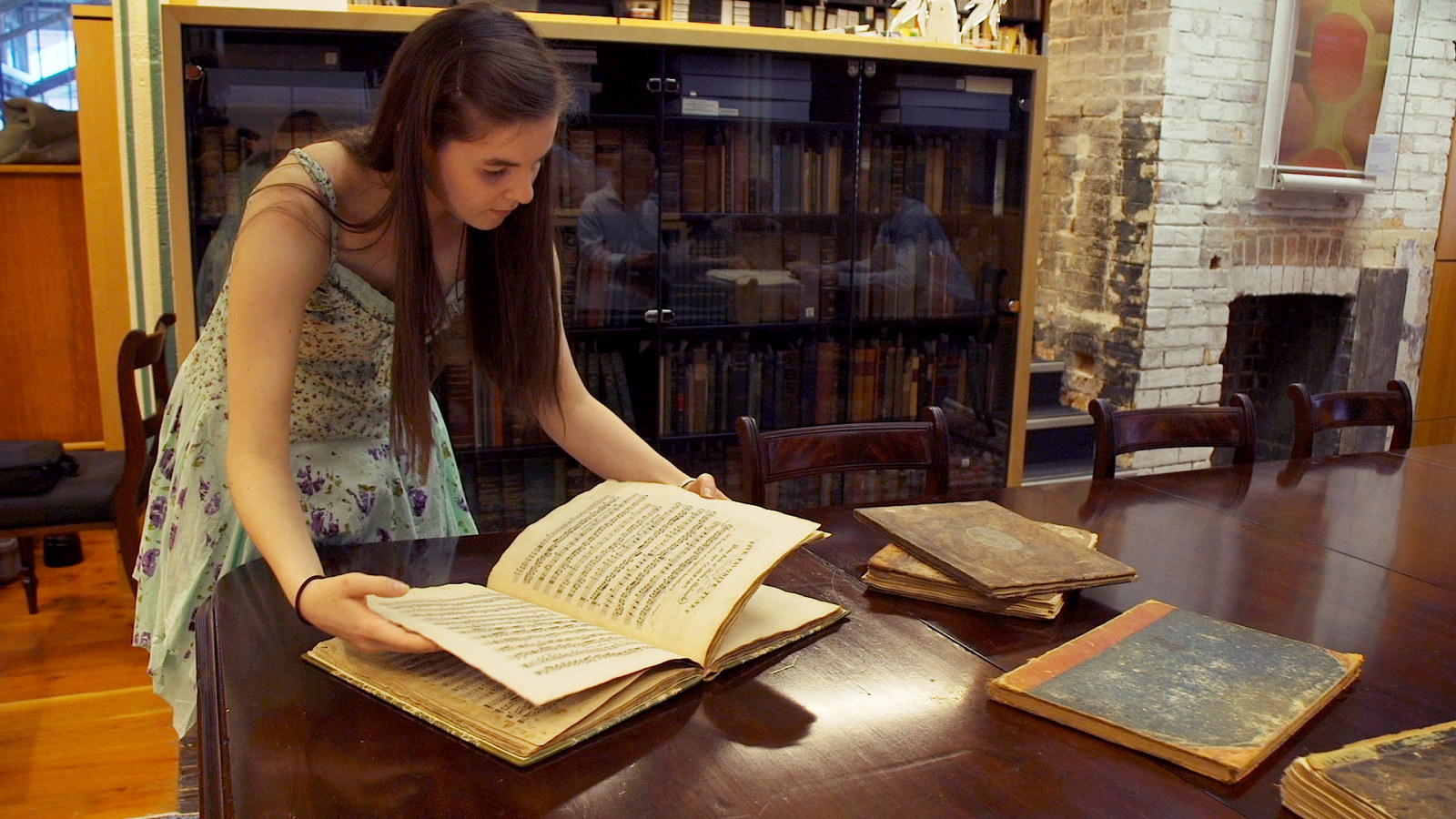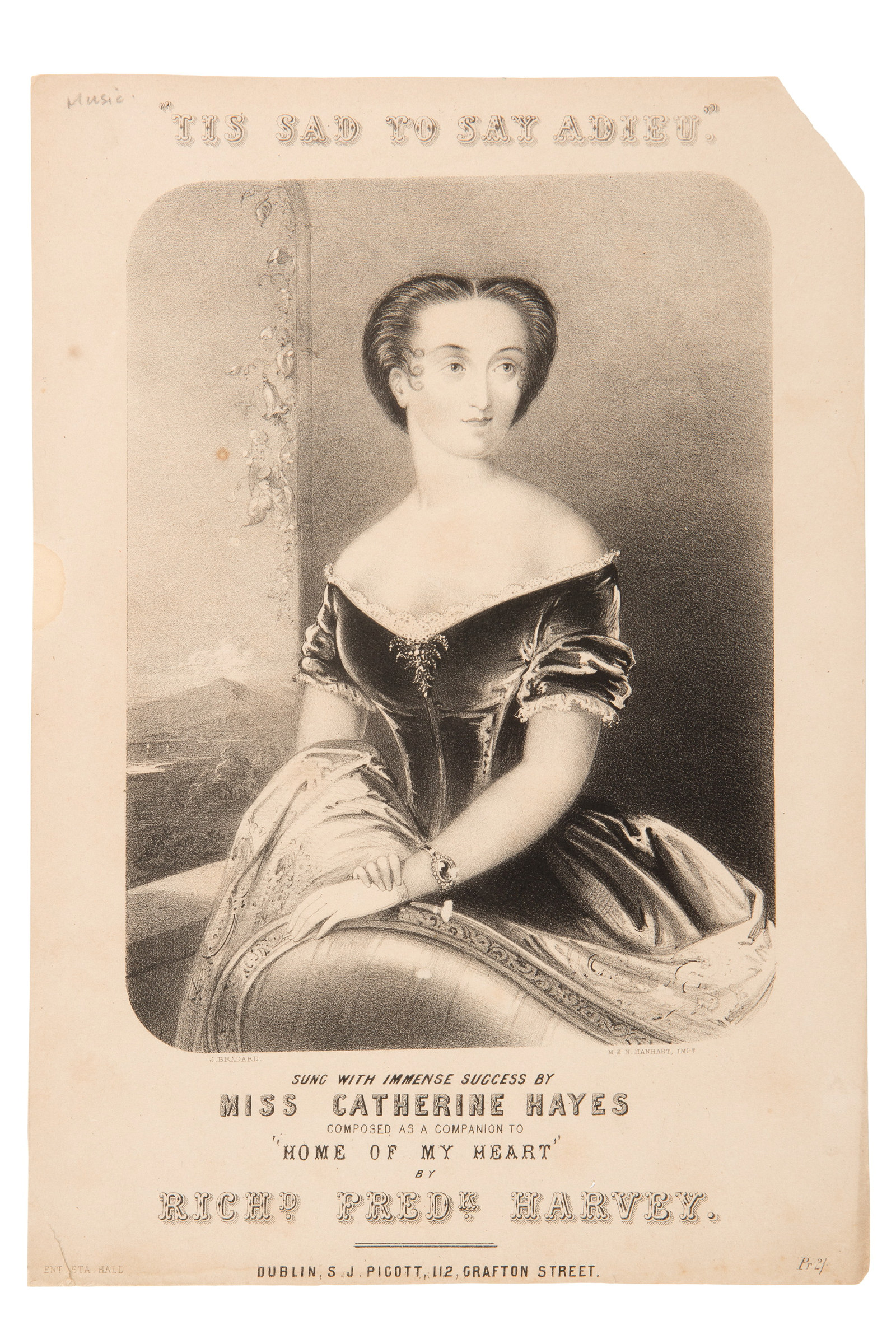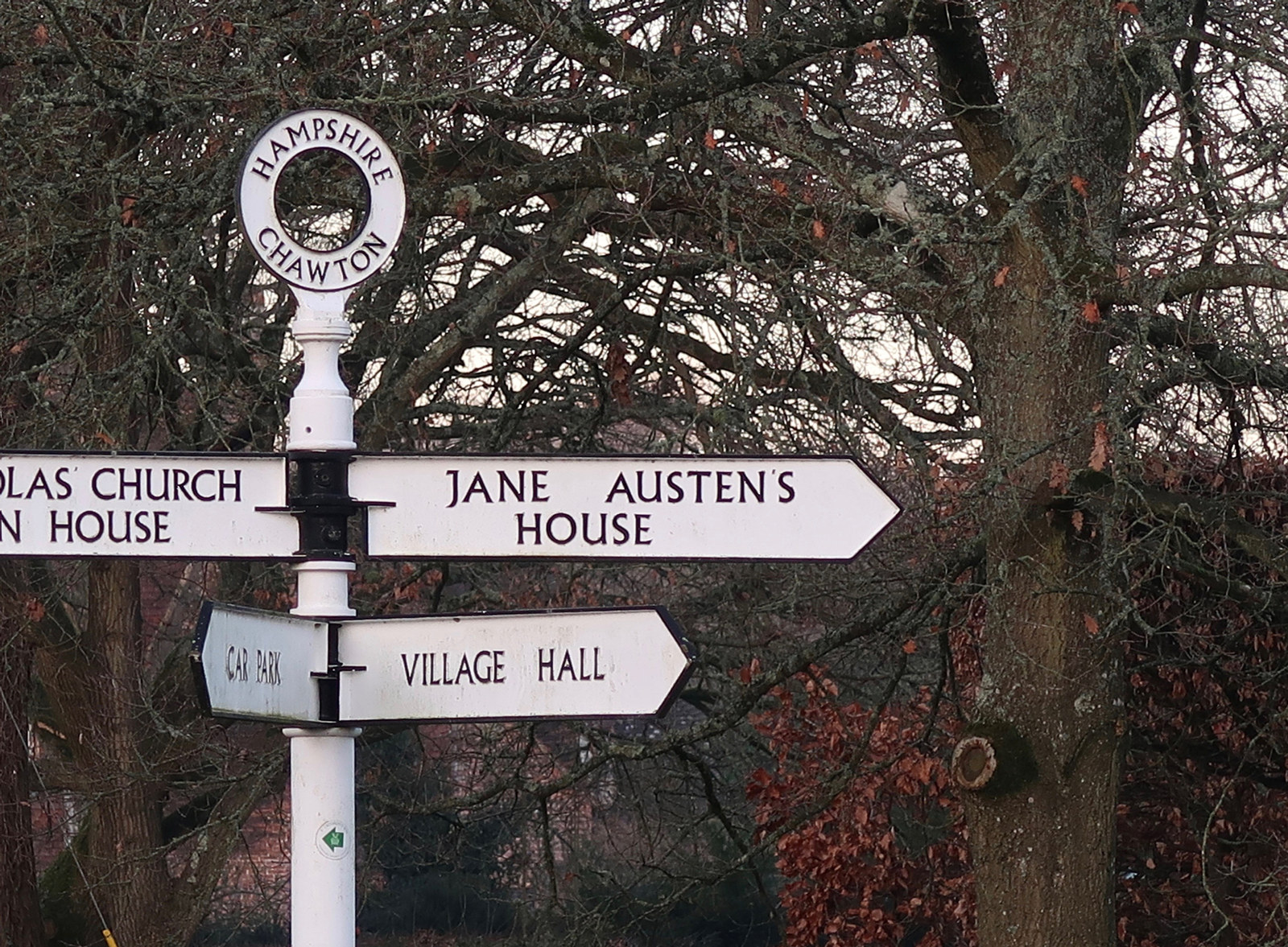Listening to the past: rediscovering our musical heritage
The stories and collections of Museums of History NSW properties contain compelling clues about the music played and enjoyed by earlier generations. Through exciting new initiatives and research we’re reviving these soundscapes for modern audiences.
Each of us is a curator of our personal musical world, and we use this expertise to establish a highly nuanced understanding of music history, particularly of popular music. There’s music we enjoyed as children, as teenagers, and that we now enjoy as adults; we may remember groaning at the affront to ‘good taste’ offered by the music of our parents and grandparents. Beyond our personal experience, however, our knowledge of the history of music is often less certain, and generalities take over – such as when we refer to the ‘Jazz Age’ or ‘classical music’, or we might think that Bach or Mozart was all that was played ‘back then’.
... past musical activity leaves its fingerprints if you know where to look
Matthew Stephens, Research librarian
Part of our role at MHNSW is to question such assumptions. Through research and artistic collaboration we can rediscover the lost soundscapes of our historic buildings, exploring the cultural and historical contexts of these spaces through the evidence of music making. Just like the construction techniques of Hyde Park Barracks, the particularities of hanging 19th-century curtains in the drawing room at Vaucluse House, or the world of cookery in a given place and time, past musical activity leaves its fingerprints if you know where to look.
A musical case study
On 23 April 1950, music was on the mind of Wallace Robinson of the homestead ‘Bengarralong’, near Gundagai, as he made notes on the back of a photograph taken in the early 1890s – now held by MHNSW in the Caroline Simpson Library & Research Collection (CSL&RC). Wallace was intrigued by this image of the highly decorated drawing room of a house in Stockton, near Newcastle, once the home of his uncle Dr Jeaffreson Hester and Hester’s sister Mildred, an accomplished pianist. To the modern eye – and indeed to Wallace, 60 years ago – the overstuffed room is shocking:
I have kept this photograph because it is so characteristic of the times. Just imagine the poor unfortunate creature who had to clean the place
Wallace Robinson, 1950
Most striking, however, among all the fabrics, feathers, fans, knick-knacks and family photographs is the large print of Ludwig van Beethoven hanging above the fireplace. As he glowers down at us we realise that he’s not alone: Wallace comments on the ‘predominance of famous musicians on walls and piano’. Indeed, with the aid of a magnifying glass we can identify portraits of Chopin, Liszt and Schumann, along with the literary giants Schiller and Byron. Most of the portraits had been painted by Carl Jaeger and reproduced in a series of 1870s publications about celebrated writers and composers. Romanticism was undoubtedly the dominant aesthetic of the Hester household.
What does this photograph tell us about music making in regional NSW in the late 19th century? There’s no gramophone or radio, and the piano sits centre stage as the main source of musical entertainment. This homage to the European musical canon appears almost a cliché now, but at the time these composers were still relatively new to the Australian music scene. Evidence from MHNSW’s music collections suggests that, just like today, a variety of repertoires coexisted within many homes, and the Hesters also probably enjoyed a bit of ‘pop’.
Music making in Museum of History NSW’s properties
Music weaves its way through many of MHNSW's historic houses and sites. In some properties, such as Meroogal, in Nowra, and Rouse Hill Estate, the collections are laden with evidence of music making: sheet music, instruments, and music instruction scribbled in notebooks. These rich sources of information reveal the unexpected, particularly the forgotten composers and their music titles popular in the first half of the 19th century.
While less physical evidence survives at other properties, stories of music making remain. Elizabeth Macarthur, of Elizabeth Farm, is renowned for owning the first piano brought to Australia, by Dr Worgan in 1788, while the musical education given to the daughters of Vaucluse House, Elizabeth Bay House and Throsby Park to help ensure a ‘good’ marriage is also documented. The rare books, trade ephemera such as department store catalogues, and the sheet music collection held at the CSL&RC also provide valuable information for those researching the history of domestic music making.
Not so well known but equally captivating are the musical stories of Sydney’s less affluent. What tunes did servants and convicts working at many of our properties whistle or hum, and how much music was shared between the elite and the underclasses (many with similar backgrounds and traditions)? Archaeological evidence at Hyde Park Barracks provides some clues.
New audiences
With its historic properties, rich music collections and musical narratives, MHNSW is in a unique position to contextualise and reinterpret the soundscapes of the past. Through partnering with international bodies such as the Sound Heritage network and collaborating with educational institutions like the Sydney Conservatorium of Music, MHNSW has taken a leading role in developing a deeper understanding of not only what music was played in NSW but also how it was played. We’re now finding ways to share this knowledge with a new generation of audiences.
With its historic properties, rich music collections and musical narratives, Museums of History NSW is in a unique position to contextualise and reinterpret the soundscapes of the past
Matthew Stephens, Research Librarian
Published on
Related
![Vue de George’s Street a Sydney [Nouvelle Galles du Sud]](https://images.slm.com.au/fotoweb/embed/2022/12/94f113aa18994a80857dcefdfbbd9f7d.jpg)
A 'musical jolt' in early colonial Sydney
Imagine that moment when you first heard your favourite piece of music - something that excited, moved or surprised you. The early musical soundscape of Sydney was teeming with just such moments

Colonial Caledonian: in search of the early Scottish musical experience
A new short film, ‘Colonial Caledonian’, follows Dr Brianna Robertson-Kirkland, from the Royal Conservatoire of Scotland, on her exploration of early Scottish sheet music held in MHNSW collections

From the collection: Catherine Hayes illustration
This sheet music cover is the only known copy of this illustration of the soprano Catherine Hayes (1818–1861), one of the world’s first international opera and concert stars

Songs of home
Jane Austen: at home with music
Jane Austen’s music albums provide a new understanding of the use of music in the author’s work and the importance of music making in the Regency home
